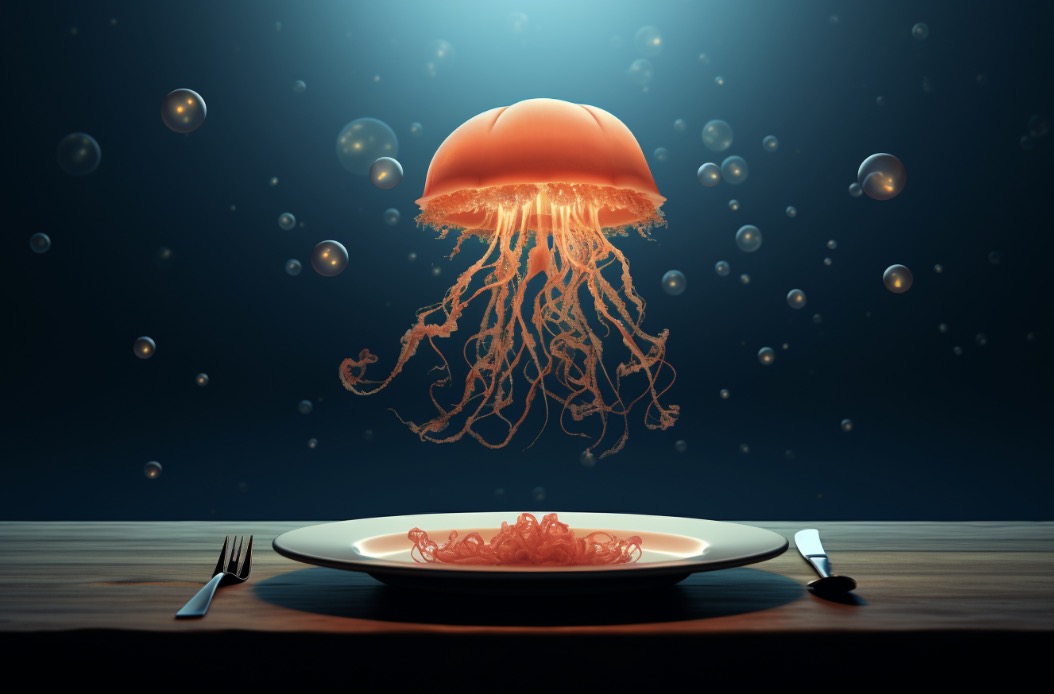As a marine biologist with a particular love for sand dollars, I often get asked about their unique features. One of the most common questions I get is “How does a sand dollar breathe?” It’s a great question and one that isn’t often thought about when we see these fascinating creatures at the beach.
A sand dollar breathes through tiny pores on its body called tube feet.
In this blog post, I’ll explore the answer to this question in detail.
What is a sand dollar?
Before we dive into the specifics of how a sand dollar breathes, let’s first take a closer look at what they are. Sand dollars are a type of echinoderm, which means “spiny skin.” They belong to the same family as sea urchins and starfish and can be found in oceans all around the world.
Sand dollars get their name from their flat, disk-like shape, which is about the size of a silver dollar.
What is the anatomy of a sand dollar?
To understand how a sand dollar breathes, it’s essential to know a bit about their anatomy.
Sand dollars have a skeletal system made up of calcium carbonate plates that are fused together.
These plates create a hard shell, which protects the sand dollar’s internal organs.
The sand dollar’s body is divided into five sections, which radiate out from the center. These sections are called ambulacra, and they contain tube feet that the sand dollar uses to move around and to capture food.
The sand dollar’s mouth is located in the center of its body, and it has a unique feeding mechanism that allows it to capture plankton and other small organisms.
How do sand dollars breathe?
Now that we know a bit about the anatomy of a sand dollar let’s get to the question at hand: How does a sand dollar breathe? The answer is that sand dollars do not have lungs or gills like we do.
Instead, they use a unique system of tiny tubes that run through their bodies, called water vascular system. This system is also used for movement.

Water enters the sand dollar’s body through a small hole located on the top of its shell, called the madreporite. This hole leads to a series of internal tubes that distribute the water throughout the sand dollar’s body.
Oxygen is then absorbed from the water as it passes through these tubes, providing the sand dollar with the oxygen it needs to survive.
Can sand dollars survive out of the water?
Sand dollars are typically found in shallow waters near the shore, where they can bury themselves in the sand to avoid predators.
While they are adapted to live in the water, they can survive for short periods out of the water, as long as they remain moist.
This is because they can absorb oxygen through their skin, which allows them to survive in low-oxygen environments.
However, it’s important to note that sand dollars are delicate creatures, and handling them can cause significant harm. If you find a sand dollar on the beach, it’s best to observe it from a safe distance and return it to the water as quickly as possible.
Do sand dollars have any predators?
Sand dollars have a few natural predators, including sea stars, crabs, and certain types of fish. These predators will often flip sand dollars over and attack their soft underside, which is vulnerable to attack.
However, sand dollars have a few defense mechanisms that help them avoid becoming a meal.
First, their hard shell provides protection from predators. Sand dollars can also bury themselves in the sand to avoid detection, and some species can even grow spines that deter predators.
Additionally, sand dollars are covered in tiny, hair-like structures that help them move through the sand and escape predators quickly.
How do sand dollars reproduce?
Sand dollars have a unique reproductive system that involves external fertilization. During mating season, males and females release their eggs and sperm into the water, where they combine to form a fertilized egg.
This egg develops into a larval form, which then settles on the ocean floor and develops into an adult sand dollar.
Sand dollars can reproduce quickly, with some species producing hundreds of thousands of eggs each year. This high reproductive rate helps to ensure that populations remain stable, even in the face of predation and other environmental pressures.
Conclusion
In summary, sand dollars breathe through a system of tiny tubes that absorb oxygen from water, which is distributed throughout their body via their water vascular system. They can survive out of the water as long as they remain moist, but handling them can cause significant harm.
Sand dollars have a few natural predators, but their hard shell and other defense mechanisms help them avoid becoming a meal. Finally, sand dollars reproduce through external fertilization and can reproduce quickly, which helps to ensure that populations remain stable.
- facts to remember:
1. Sand dollars are echinoderms, which means “spiny skin.”
2. Sand dollars have a unique feeding mechanism that allows them to capture plankton and other small organisms.
3. Sand dollars breathe through a system of tiny tubes that absorb oxygen from water.
4. Sand dollars can survive out of the water as long as they remain moist.
5. Sand dollars reproduce through external fertilization and can reproduce quickly.
FAQs
How rare is it to find a live sand dollar?
It is relatively rare to find a live sand dollar as they typically live on the ocean floor and are often washed up on shore after they have died.
How can you tell if a sand dollar is live?
A live sand dollar will have tiny, moving spines on its underside, while a dead sand dollar will not.
How do sand dollars obtain oxygen?
Sand dollars obtain oxygen through their tube feet and papulae, which are small projections on their body that help with gas exchange.
They also have a specialized respiratory system called the aquiferous system, which helps to circulate water throughout their body and exchange gases with the surrounding water.
Is it OK to touch a live sand dollar?
No, it is not recommended to touch a live sand dollar as it can harm or stress the animal, leading to its death.
How do you tell if a sand dollar is alive? If a sand dollar is alive, it will have tiny spines that move and small hairs called cilia that help it move and capture food.
Additionally, it may have a slight purple or brown coloration and be slightly sticky to the touch. If it is dead, it will be white and have a hard, smooth surface.
How do sand dollars breathe?
Sand dollars breathe through a series of small pores on their bodies called tube feet, which help to circulate water and oxygen over their gills.




